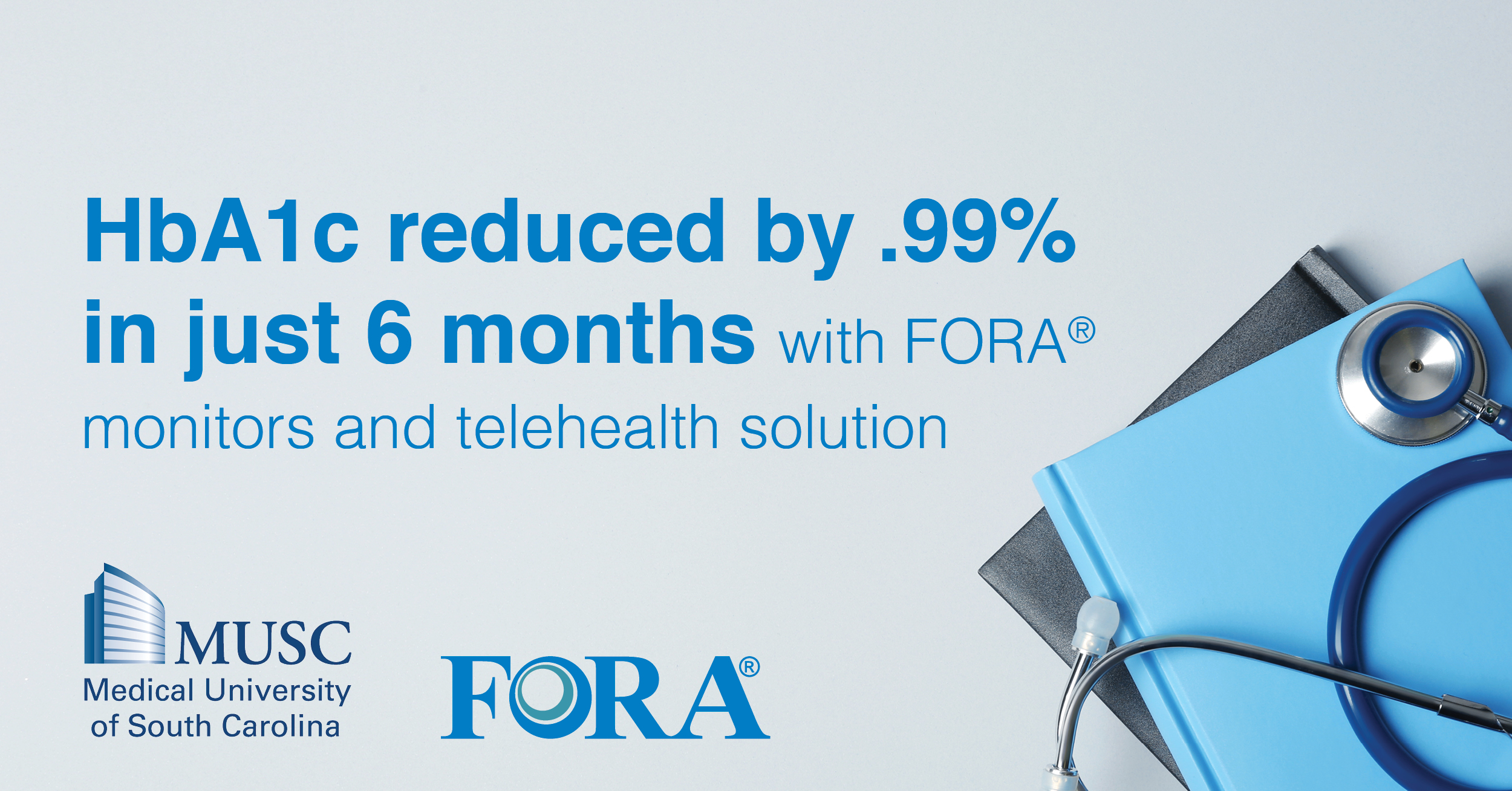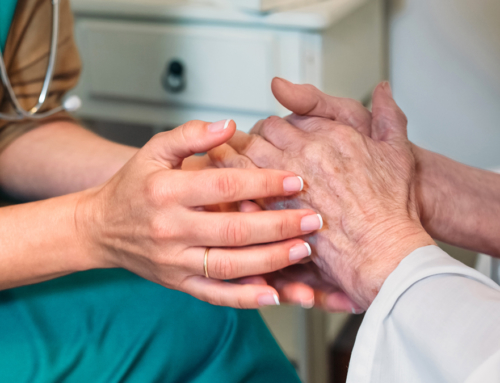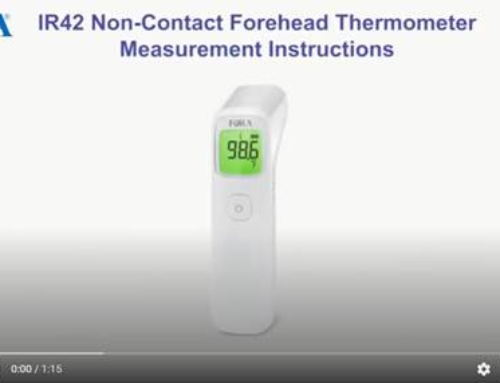The Medical University of South Carolina (MUSC) conducted a study using ForaCare’s remote patient monitoring solution to determine the effect of telehealth on the blood glucose levels of low-income rural adults with poorly controlled type 2 diabetes.

MUSC, one of the two National Telehealth Centers of Excellence, found that after six months, patients who used the FORA® D40 2-in-1 blood glucose and blood pressure meter to manage their health had a 0.99% reduction in HbA1c levels and the rate of decline in HbA1c was faster than the control group.
“ForaCare is honored to support MUSC’s Technology Assisted Case Management study, providing the tools combined with their intensive intervention protocols resulting in improved patient outcomes. This qualifies how effective remote patient monitoring helps those rural patients who would otherwise not see their physician on a consistent basis and our D40g cellular device and 24/7 Telehealth patient management cloud are able to effortlessly provide valuable data,” said Myron Talbert of ForaCare. “In connecting the FORA devices to our telehealth system, we can achieve better health outcomes and reduce costs.”
Participants in the study included 113 diabetic patients who were randomized into either the Technology-Assisted Case Management (TACM) intervention group or the control group.
The TACM patients were given a FORA D40 device to take their blood glucose and blood pressure measurements at home. The results were then automatically uploaded via cellular connection to the 24/7 HealthView Telehealth System, which was accessible to the patient’s physicians for regular review.
Additionally, a nurse case manager adjusted each participant’s medications every two weeks based on the data trends to help control glucose levels.
Studies suggest that even a 1% reduction in HbA1c results in cost-savings and major health improvements including:
- 21% reduction in diabetes-related deaths
- 37% reduction in neuropathy and retinopathy
- 14% reduction in heart attacks
- 45% reduction in cardiovascular death
Review the abstract here.





